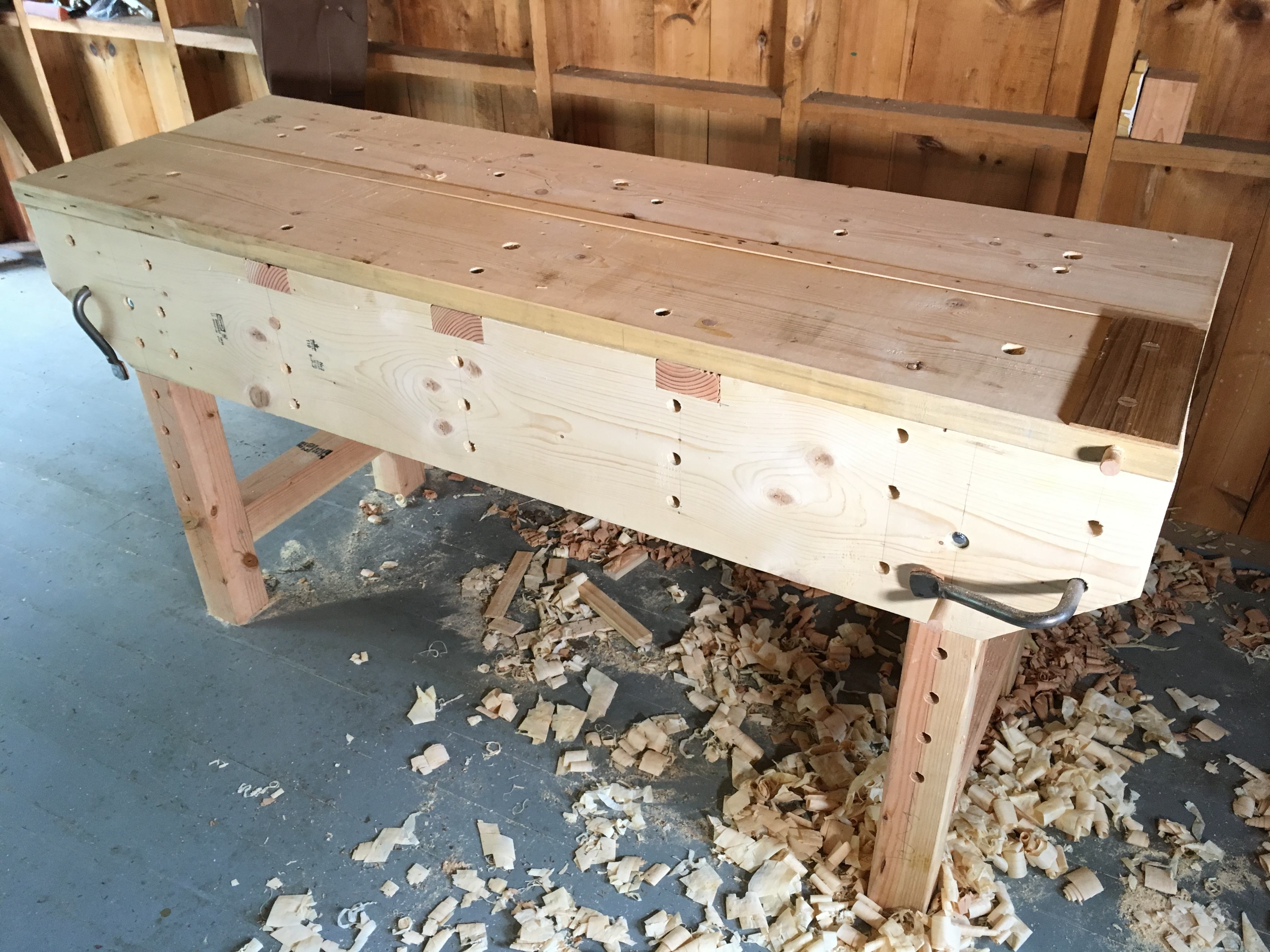Introducing Hand Tool School Orientation!
Hand Tool School Orientation is the Perfect Starting Point
The started The Hand Tool School more than 7 years ago. In that time I’ve learned a lot about how woodworkers learn. I’ve learned a lot about the concerns and questions they ask when first getting started with hand tools. And I’ve learned a lot about which tools are good to start with and which only confuse and hold back the skill development.
So about a year ago when I looked at my Semester 1 curriculum I realized I need to go back and create a prequel semester that hit on some fundamentals and did everything to get the woodworker over the analysis paralysis and building stuff. Stuff they really want and need for your new shop.
 Like…a WORKBENCH!!! My god woodworkers just can’t get enough about workbenches so I gave in and built another one. But then I went on to build several more projects for the bench and for the new tool collection. I then developed a series of 101 style lessons to supplement all of this and what I came up with is the perfect entry point to hand tool woodworking. An orientation of sorts to a lifelong journey of plane shavings and chisel scars.
Like…a WORKBENCH!!! My god woodworkers just can’t get enough about workbenches so I gave in and built another one. But then I went on to build several more projects for the bench and for the new tool collection. I then developed a series of 101 style lessons to supplement all of this and what I came up with is the perfect entry point to hand tool woodworking. An orientation of sorts to a lifelong journey of plane shavings and chisel scars.
Welcome Hand Tool School Orientation.
Check Out Hand Tool School Orientation

